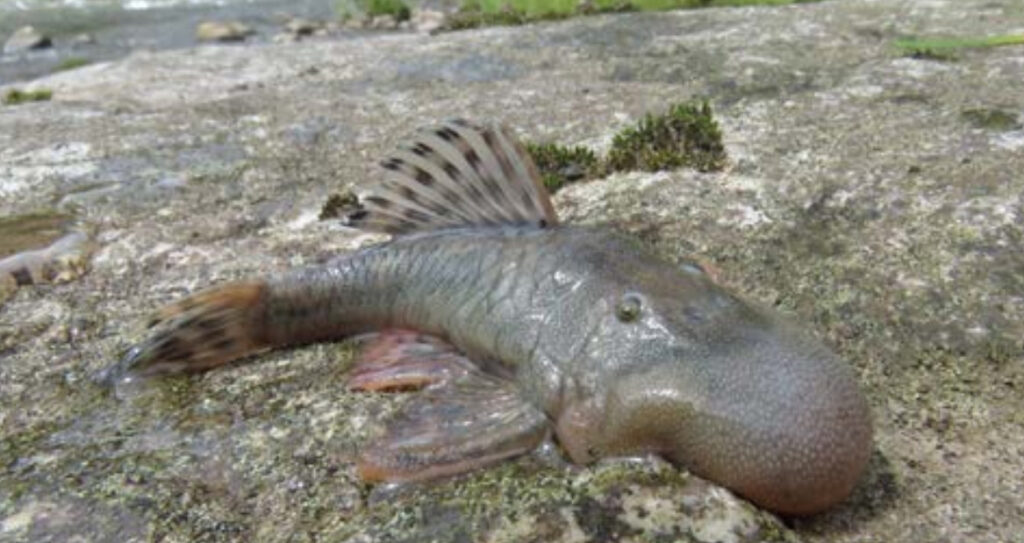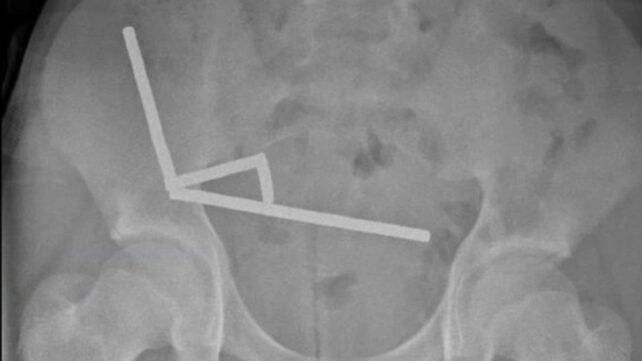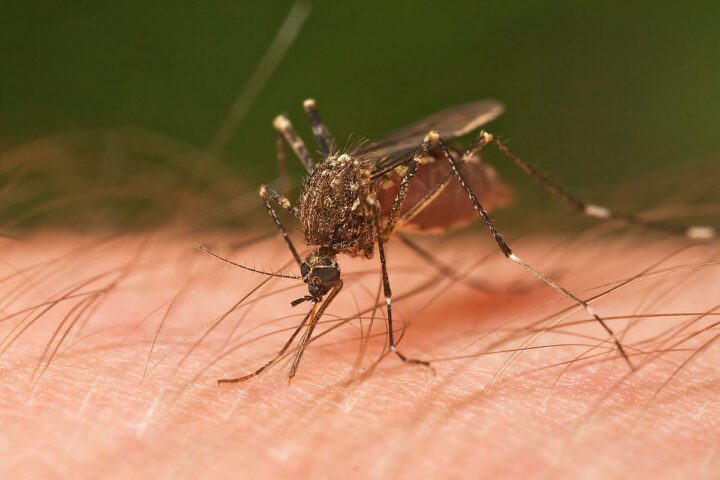Wisconsin faces an intensifying norovirus outbreak, with the positivity rate reaching 19% for the week ending November 30, 2024. This marks a concerning increase from 12.8% during mid-November and 9.6% in early November, according to data from the Wisconsin State Laboratory of Hygiene.
The outbreak extends beyond state borders. CDC data shows 211 norovirus outbreaks across participating states between August 1 and November 6, 2024, compared to 189 outbreaks during the same period in 2023.
Healthcare facilities bear the heaviest burden, with over 50% of U.S. norovirus outbreaks occurring in long-term care facilities. The University of Wisconsin-Eau Claire campus reported an outbreak in early December, prompting enhanced monitoring and containment measures.
The outbreak coincides with a major recall of shellfish products. Washington state recalled oysters and Manila clams harvested between November 15 and December 11, 2024, by Rudy’s Shellfish from the Pickering Passage growing area. The affected products reached seven states: Arizona, California, Florida, Massachusetts, Michigan, New York, and Washington.
For those tracking symptoms, the virus typically manifests within 12-48 hours of exposure. “People can develop vomiting, diarrhea, stomach pain, nausea, fever, chills, aches, and tiredness,” states the Wisconsin Department of Health Services. Recovery usually occurs within 1-3 days, though no specific treatment exists beyond maintaining hydration.
Prevention remains crucial. The DHS emphasizes thorough handwashing with soap and water, particularly after bathroom use and before food preparation. Additional measures include careful washing of fruits and vegetables, thorough cooking of shellfish, and immediate disinfection of contaminated surfaces using household bleach solutions.
Similar Posts
Healthcare providers urge special attention for vulnerable populations. “Young children, older adults, and people with compromised immune systems face higher risks of dehydration,” notes the CDC’s latest advisory. Warning signs include decreased urination, dry mouth and throat, and dizziness upon standing.
The Wisconsin State Laboratory of Hygiene reported an increase in false positive cases during the week ending November 30. The Wisconsin Department of Health Services maintains updated outbreak statistics, while the CDC provides NoroSTAT data through November 6.
For updates on outbreak statistics and prevention guidelines, visit the Wisconsin Department of Health Services website or access NoroSTAT data through the CDC’s online portal.


















